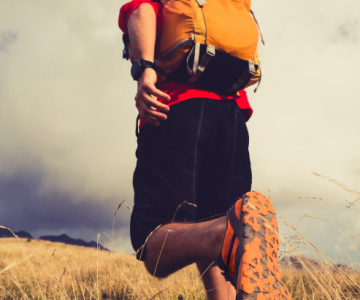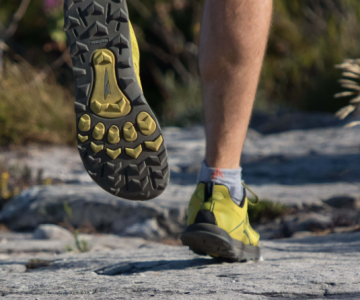Are you a road runner looking to venture into trail running? The allure of stunning vistas, thrilling descents, and the adventure of the trails is hard to resist. But before you dive in, it’s important to understand the necessary adjustments in technique, pacing, and conditioning that will make your transition smooth and successful. Whether you’re aiming for scenic hikes or competitive trail races, here’s everything you need to know about adapting to the world of trail running.
Understanding Pace
One of the first things road runners notice when switching to trails is the change in pace. Trail running isn’t about pushing for a personal best time or maintaining a consistent pace like you would on pavement. Expect to slow down. With obstacles like rocks, roots, and steep inclines, your pace will naturally fluctuate. For example, you might run at a 7-minute mile pace on a flat stretch, only to slow down to a 25-minute mile on a 2000-foot climb. Trail running often involves inclines that are much steeper than what you’d encounter on a road, sometimes up to 20% or more.
Since your watch won’t be very helpful on a trail, you’ll need to rely on perceived effort to manage your pacing. Over time, you’ll learn how to push harder during climbs while recovering on flat and downhill sections. This natural ebb and flow helps maintain energy levels during a trail run.
Adjusting Your Technique
Trail running also demands a change in technique. The uneven and unpredictable terrain requires a higher level of coordination and balance. Unlike road running, where a short stride and high cadence are standard, these elements become crucial for trail running. Shorter strides help you navigate obstacles like rocks, roots, and uneven ground, while maintaining control and reducing the risk of injury.
Increasing your cadence is another key adjustment. Aim for around 180 steps per minute, which is the ideal cadence for better efficiency. This is something road runners can benefit from too, as a faster turnover generally leads to less impact on the body. Additionally, you’ll need to lift your feet higher to avoid tripping, especially on rough trails.
Staying Focused
Trail running requires constant focus. While road running allows you to look ahead, trail runners often need to keep their eyes on both the immediate and distant trail to avoid tripping hazards. It’s not just about staying safe; it’s also about decision-making. Whether it’s finding the best path to avoid a large rock or maneuvering around a puddle, trail running requires creative problem-solving, which can be mentally exhausting.
For some runners, this intense focus becomes meditative, as it helps clear the mind of everyday distractions. Even if mindful running isn’t your goal, the focus required in nature can make you more present and connected to the environment.
Conditioning for Trail Running
Trail running is more demanding on your body, requiring a balance of strength, stability, and endurance. Beyond just your usual running muscles, you’ll need to strengthen your core and ankles to handle the varied terrain. Your glutes, quads, and hamstrings will also need to become more efficient at handling inclines and uneven surfaces.
One of the best ways to condition your body for trails is to run on hills. If your route lacks elevation, run the same hill multiple times to simulate the terrain. Strength exercises like single-leg squats, lunges, and anti-rotation core movements will further help your body adapt. Don’t forget to stretch to keep your muscles pliable and enhance their elasticity, which is key to trail running’s demanding nature.
Footwear and Gear
The gear needed for trail running differs from road running, especially when you’re running far from the trailhead. In addition to your essentials like water and snacks, you’ll need to carry extra layers, a headlamp, and potentially a phone for emergencies. For these, many trail runners opt for hydration packs or vests that can carry these items comfortably.
Footwear is another crucial element. Trail running shoes are designed with deeper lugs and more durability than road shoes, providing better grip on uneven surfaces. Some brands focus on creating shoes that allow for a natural gait, like Altra with their wide toe boxes and zero-drop designs, while others focus on more cushioning or added spring, such as those with carbon plates. Ultimately, it’s important to choose shoes that complement your natural stride and gait.
Get Started on the Right Foot
If you’re new to trail running, it’s tempting to jump straight into the deep end, but it’s best to take it slow. Start with shorter runs a few times a week and increase the difficulty as you build your strength and technique. As you gain experience and adapt to the terrain, you’ll find your pace, improve your focus, and become more confident in navigating technical trails. Whether you’re after adventure or training for an event, trail running offers a unique and rewarding challenge.
Happy running!





